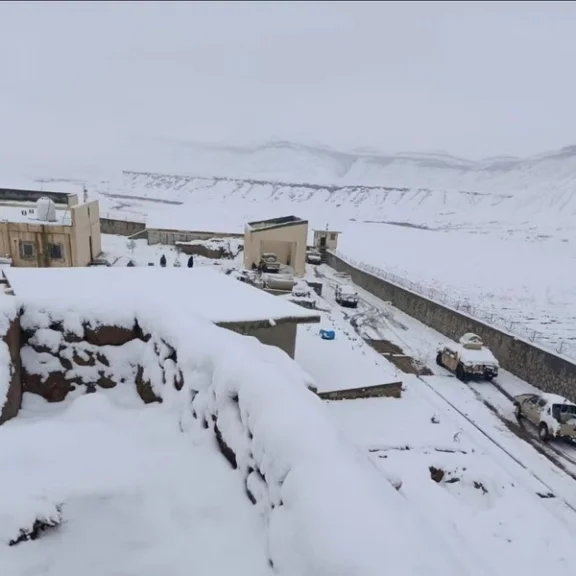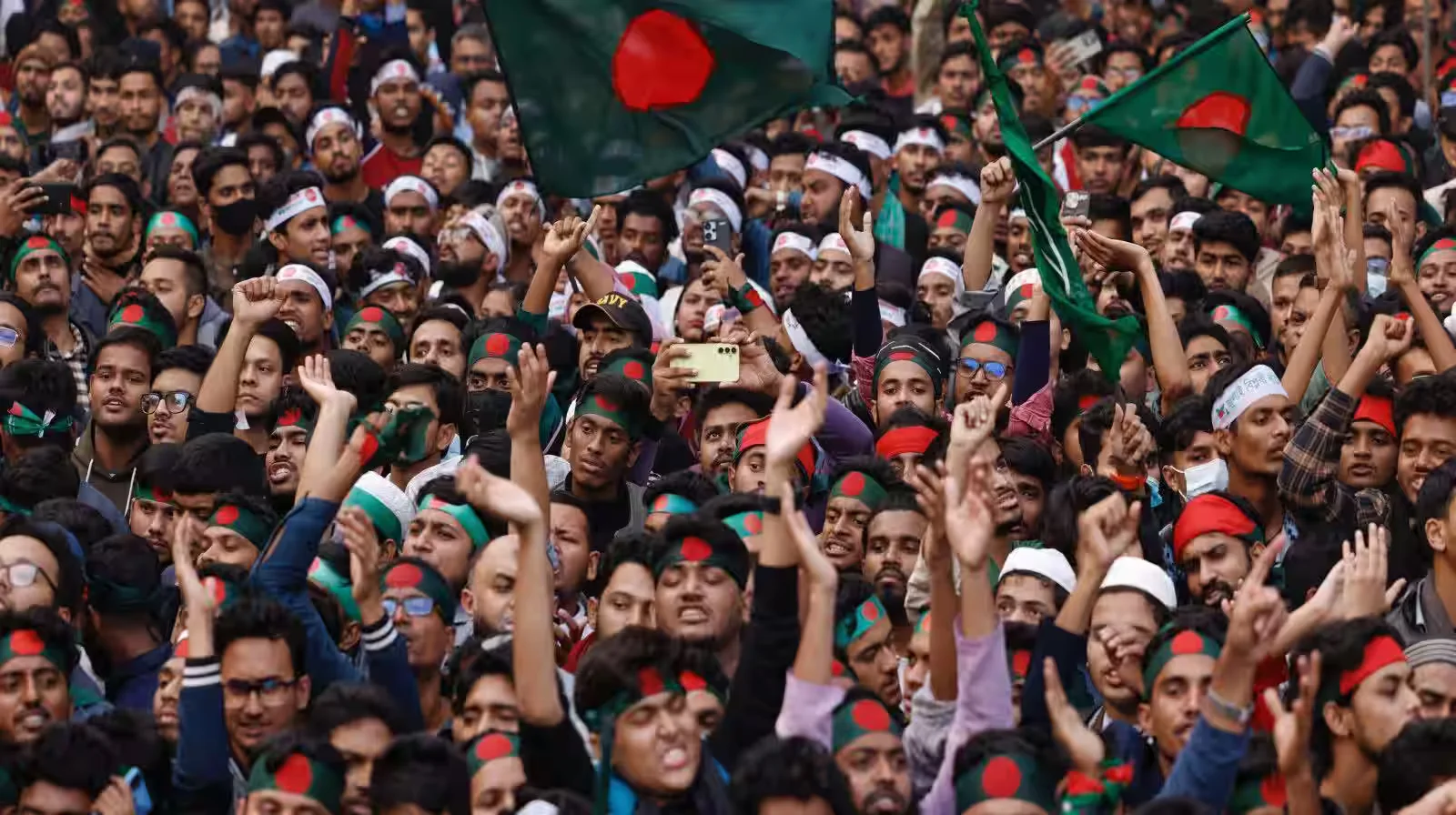The fluorescent lights of Indira Gandhi International Airport flickered as the young man dragged his suitcase through the arrival gate, his shoulders slumped under the weight of failure—not his own, but a system that had abandoned him. Just months ago, he had been a graduate student at a prestigious American university, excelling in his coursework, dreaming of a future in Silicon Valley. Then came the visa rejection. No explanation, no warning—just a curt notice ordering him to leave.
He was not alone. Dozens of Indian students on the same flight back from the United States carried similar stories of dashed dreams. Some had invested their families’ life savings into tuition and living expenses, only to be denied the right to complete their education. Others had completed their degrees but found their work visas rejected, forcing them to return to a country that still lacked the infrastructure to absorb their expertise.
Their plight felt personal. I, too, sit in my small room in India, surrounded by books, working toward a dream that now seems increasingly uncertain. From childhood, I was taught that education was the golden key—that intelligence, perseverance, and hard work would unlock doors to the world. I grew up hearing stories of Indian minds shaping Silicon Valley, leading National Aeronautics and Space Administration (NASA), and revolutionizing medicine, technology, and business. The United States, I was told, was the land of opportunity.
But what happens when that door is slammed shut?
Also See: The India-Middle East-Europe Economic Corridor (IMEC): Reality or Myth?
The Reality of India-US Visa Policies and Immigration Challenges
The United States has long benefited from Indian talent, yet its immigration policies have increasingly turned against the very professionals and students who contribute to its economy. Under the Trump administration, visa restrictions tightened drastically. The denial rate for new H-1B petitions, the primary work visa for skilled Indian professionals, rose from 6% in 2015 to a staggering 24% in 2018. Even renewals, once considered routine, faced growing scrutiny, with rejection rates increasing from 3% to 12% in the same period as per the American Immigration Council.
Students were not spared either. In 2023, the U.S. State Department rejected 36% of international student visa applications—the highest rejection rate on record as cited by the Cato Institute. Many Indian students, after enduring rigorous academic competition and investing thousands of dollars, found themselves facing sudden and inexplicable denials. Some were even deported mid-semester, their lives turned upside down overnight.
Despite these policy shifts, India’s response has been largely passive. While thousands of Indian students and professionals struggle to secure their place in the U.S., the Indian government continues to deepen its financial commitments to Washington—particularly through multi-billion-dollar defense deals.
India’s Defense Expenditure: A Question of Priorities
India has emerged as one of the largest buyers of U.S. defense equipment. Over the past two decades, India has purchased more than $20 billion worth of American military hardware, including fighter jets, drones, and missile systems. These transactions are justified in the name of national security, but they raise important questions.
Should a nation facing increasing restrictions on its citizens abroad continue to make such substantial financial commitments to the same country imposing these restrictions? The irony is stark. India spends billions to strengthen its strategic ties with the United States, yet its brightest minds are increasingly shut out from the very institutions and industries that once welcomed them. Instead of blindly pouring money into foreign defense contracts, should India not reallocate some of these funds to bolster its own education, research, and technology sectors?
A Strategic Shift: Investing in India’s Own Potential
The solution is not isolationism, but strategic recalibration. India has the potential to develop its own world-class universities, research centers, and technology hubs that can reduce dependence on foreign institutions. If India prioritizes investment in higher education and innovation, it can retain its brightest minds instead of losing them to countries that, over time, have made their stay more difficult.
At the same time, India must leverage its economic and strategic position to negotiate better terms for its students and professionals. Trade agreements and diplomatic engagements should ensure that Indian talent is valued and protected in international markets. Other major economies, including China and European nations, actively advocate for their students and professionals—India should do the same.
A Nation That Demands Respect
A country’s global standing is not just defined by economic strength or military purchases but by how it safeguards the interests of its people. India has long been a contributor to global innovation and development. It must now take steps to ensure that its students and professionals are not treated as dispensable but as valued partners in the international economy.
India is not just a customer in the global market—it is a nation of immense talent and potential. It must demand respect, not just in economic transactions but in how its people are treated abroad.
The views expressed in this article are the author’s own. They do not necessarily reflect the editorial policy of the South Asia Times.

![As India-US visa policies tighten, Indian students face record rejections, yet India remains a top buyer of U.S. defense equipment. [Image via SAT Creatives]](https://southasiatimes.org/wp-content/uploads/2025/03/SAT-Web-Banners-42.webp)





